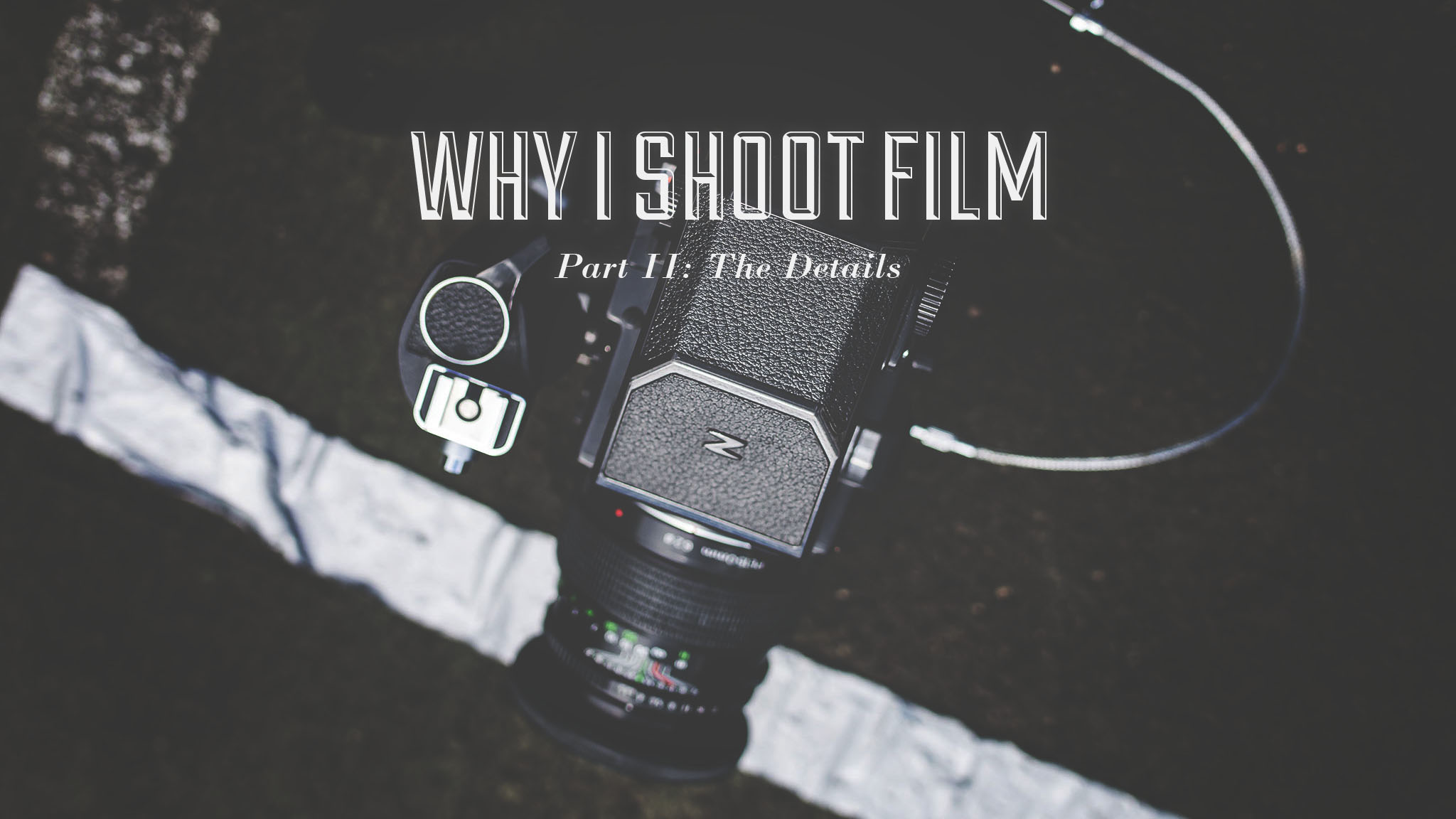Why I Shoot Film | Part II: The Details
I have been shooting on film for a limited time. During this time, I have experimented, tested, and tried different things when it comes to hitting the shutter . I would love to tell you every single one of those frames turned out brilliantly. Understandably, however, that most certainly is not the case.
Logan's Pass as seen from The Going-To-The-Sun Road. Glacier National Park | Bronica ETRSi Ilford Delta 100 + 1-Stop push
Making the shift to analog photography, I find I am more comfortable when things go awry. Sometimes, I even celebrate their presence. Looking beyond minor imperfections has encouraged me to value what truly makes a great photograph, and how I can use that perspective to grow as an artist. What it's all about for me, whether shooting digitally or with film, is being driven by constant learning and discovery.
Great photographs manage to find their containing boundary, and gently push outward. This is not quite a bursting-at-the-seams impact but a small and steady force exerting pressure on the box. In that stretch of creativity, elements are often distorted or can come with a price. These small jewels of imperfection have inspired me to come to terms with analog photography and, also, photography in general.
Cooper Place in Regina, Saskatchewan. | Canon Canonet 28 Kodak 400
Analog photography is strange. Nothing is much different than if you have a DSLR in your hand. Compositions, scenes, or subjects remain the same.
Why is it that I feel the need to slow down and suddenly think things through before hammering on that shutter? It’s the film; finite and fragile, limited and luxurious.
When taking a photograph, I find the ability to shoot (nearly) infinite photos with instant feedback much more different than how I operate with my Pentax, or Bronica. Where I would usually just guesstimate my starting settings and fire a test shot, when shooting film, it forces me to be much more cerebral in my process. The comfort of trial and error isn’t as comforting with film so it requires more thought to capture your creative vision.
Lakeview-area, Regina, Saskatchewan | Canon Canonet 28 Fuji Superia 200
More than ever, I am aware of the impact my selected settings have on the final image. One thing accelerating my awareness for camera mechanics is just how simple analog equipment is to operate. More often than not, there are controls for ISO, Shutter Speed, and Aperture. And that’s it. Sometimes, you may get lucky with multiple exposure settings or even depth of field preview, but the idea of simplicity allows you to focus on the relationship of those three things, in relation to your subject.
It’s interesting to me - the physical process is stripped-down to its basics while the intellectual aspect is heightened. Now that I've made my way through a fair-share of rolls, I have transferable skills to carry over to the digital side. This adds a lot of value to my shooting process.
Truth is, however, I find myself leaving my 70D at home these days.
Photography has always presented me with that next bit that seems to push me to a new discovery. Experimenting with analog photography has revealed a web of possibilities to expand my photographic knowledge or, at least, keep me busy for a while.











